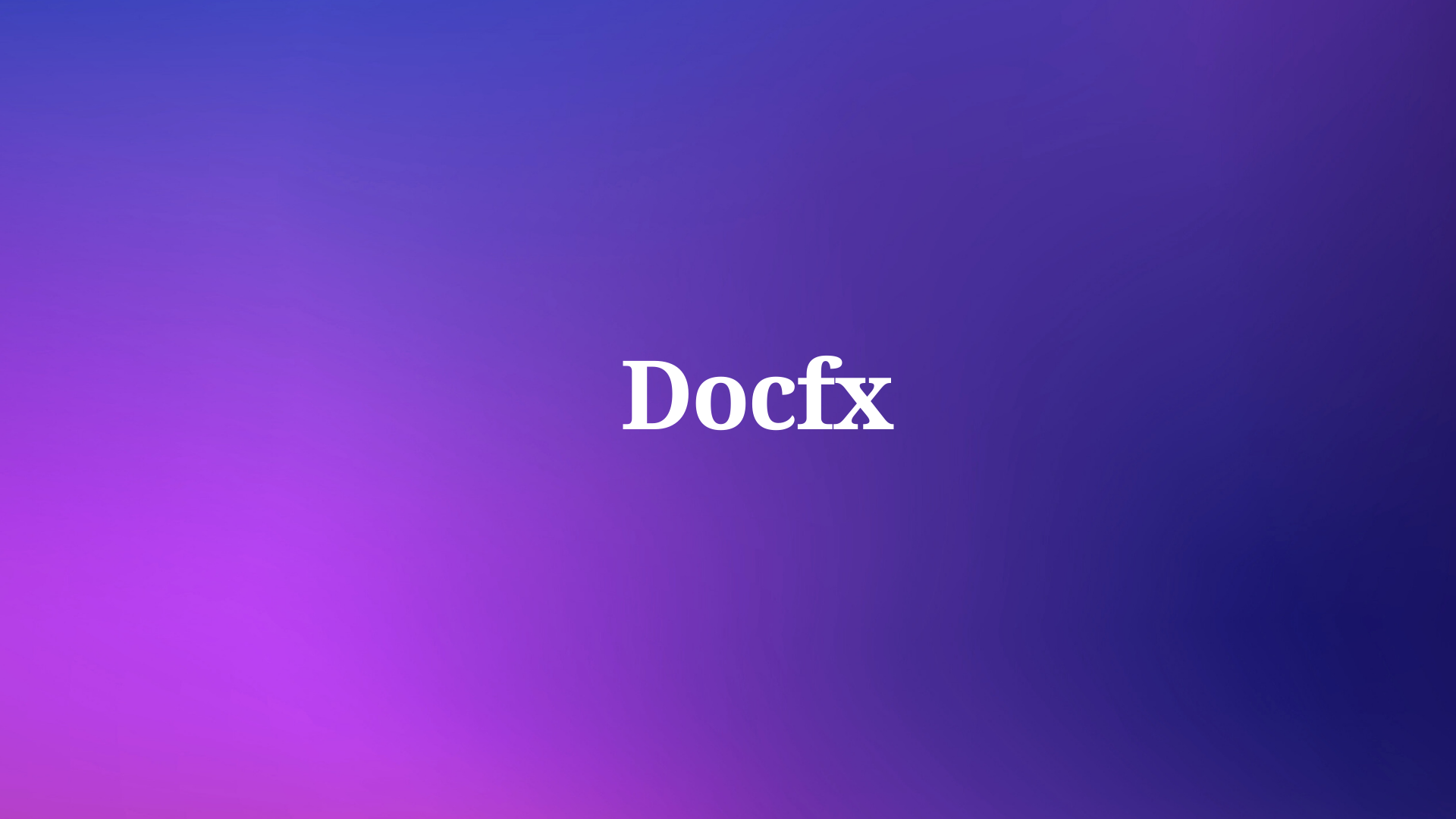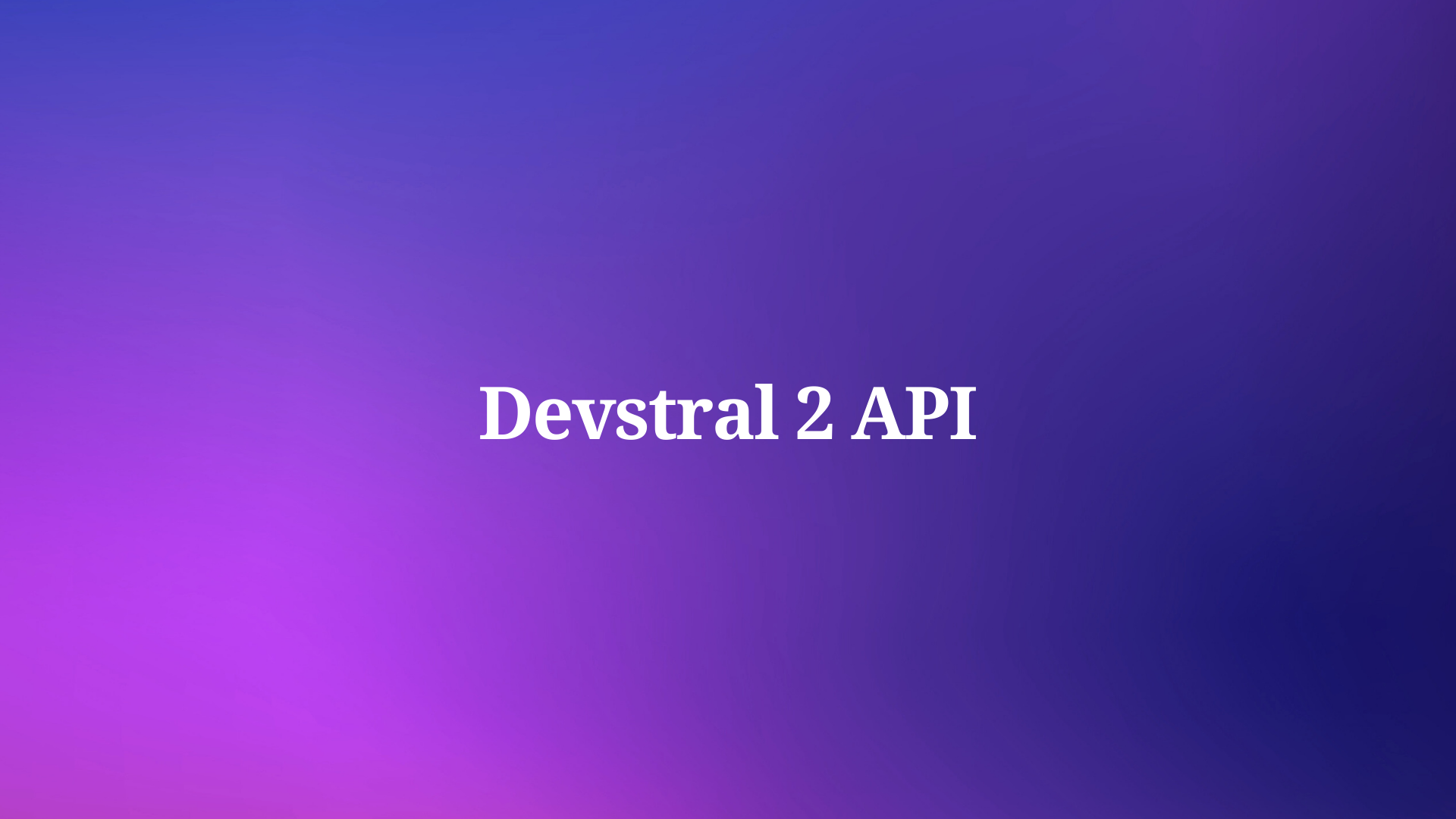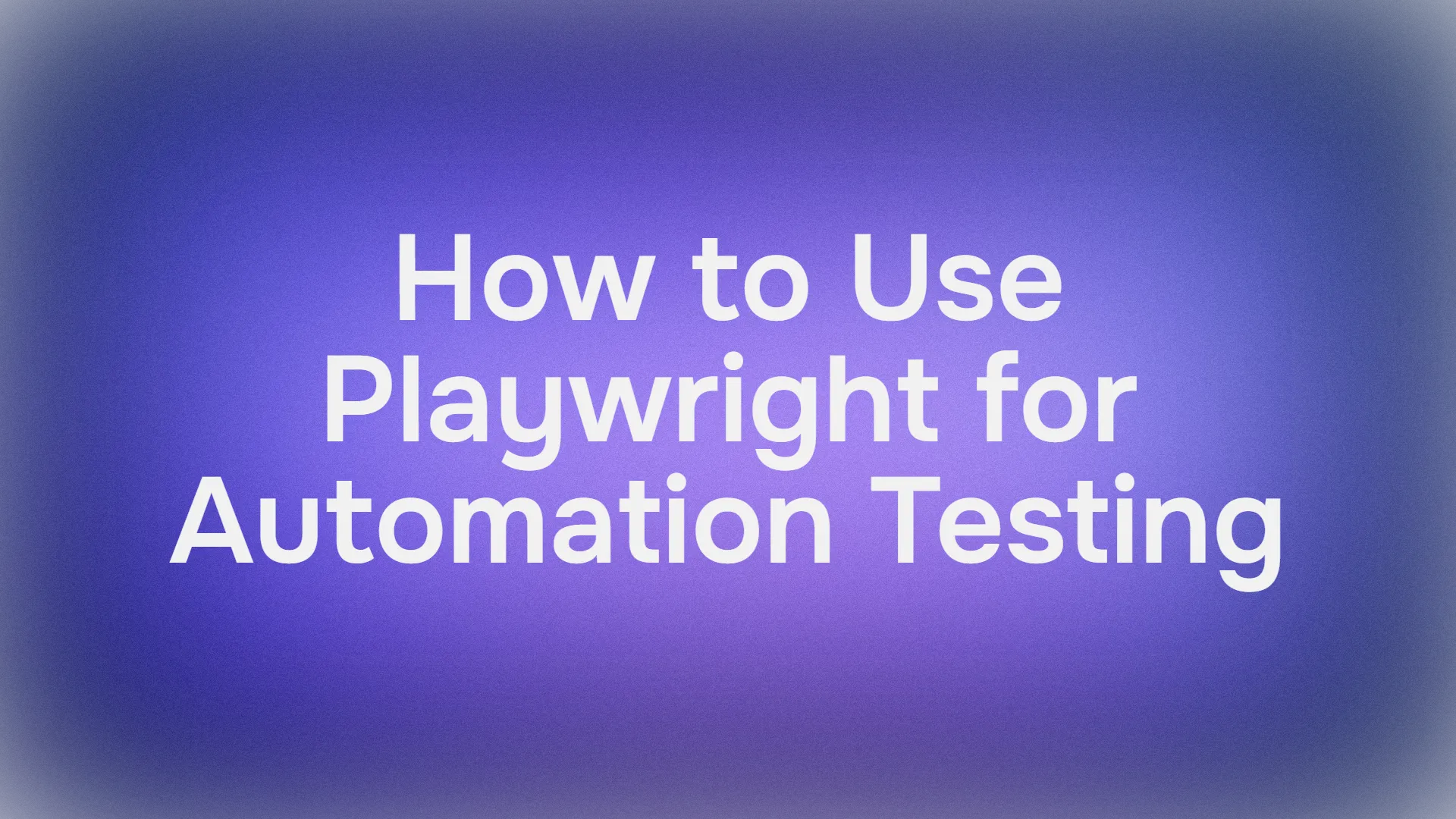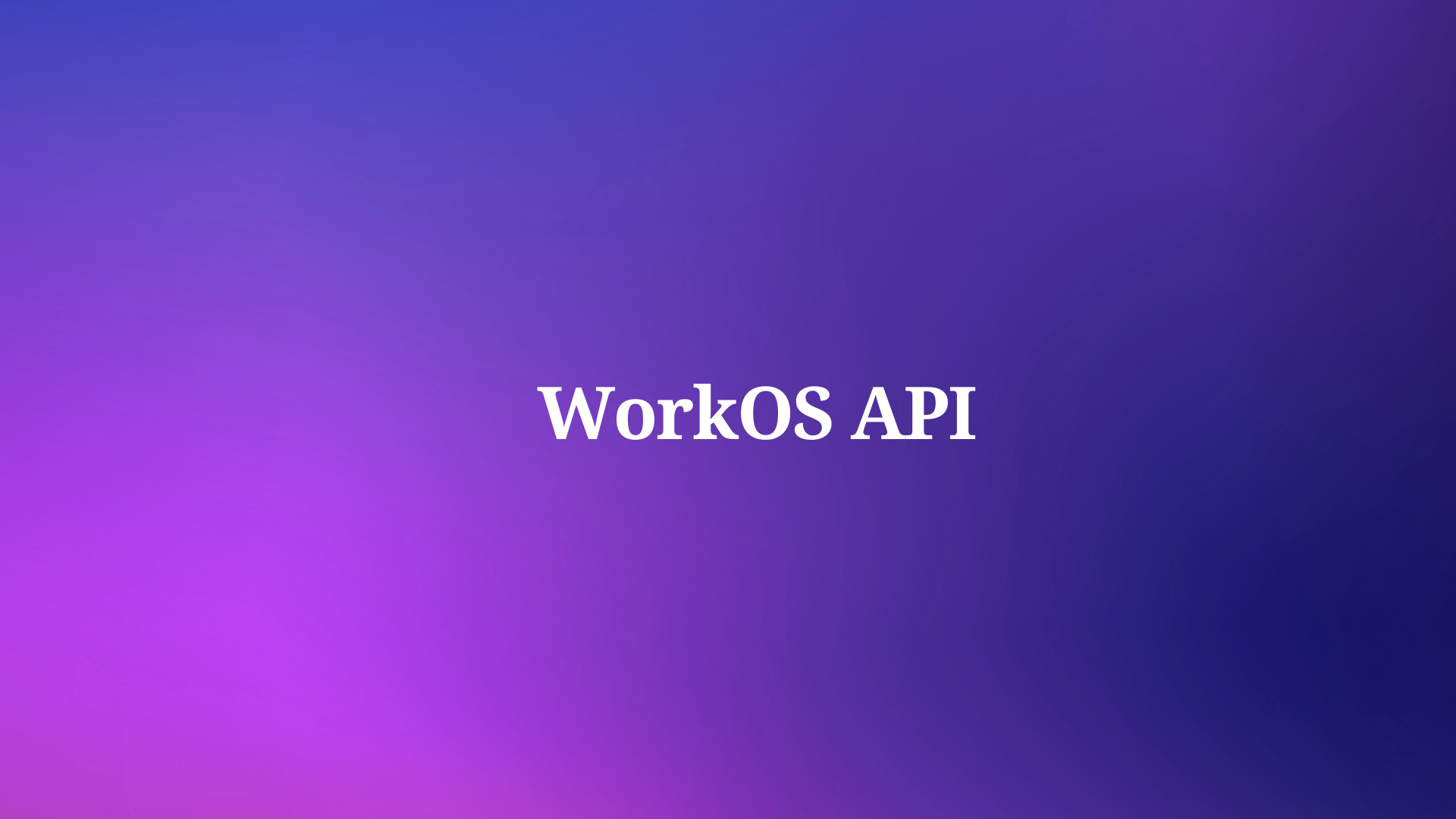Modern software development requires clear, comprehensive documentation that grows alongside your codebase. DocFX emerges as Microsoft's powerful static site generator specifically designed for technical documentation, particularly excelling with .NET projects and API references.
Understanding DocFX and Its Core Purpose
DocFX represents Microsoft's answer to technical documentation challenges faced by development teams worldwide. This open-source static site generator transforms markdown files, code comments, and API references into polished, professional documentation websites.
Unlike traditional documentation tools, DocFX bridges the gap between code and documentation by automatically extracting API information directly from source code. Consequently, your documentation stays synchronized with code changes, reducing maintenance overhead significantly.
The platform supports multiple programming languages while maintaining particular strength with .NET ecosystems. Furthermore, DocFX generates responsive, searchable websites that provide excellent user experiences across devices.
System Requirements and Prerequisites
Before beginning the installation process, ensure your system meets DocFX's technical requirements. The tool supports Windows, macOS, and Linux environments, providing flexibility for diverse development teams.
Operating System Compatibility:
- Windows 10 or later
- macOS 10.15 or newer
- Ubuntu 18.04 LTS or equivalent Linux distributions
Required Dependencies:
- .NET Core 3.1 or .NET 5+ runtime
- Node.js 12.x or higher (for advanced templating features)
- Git (recommended for version control integration)
Additionally, allocate at least 2GB of available disk space for DocFX installation and generated documentation files. Modern processors handle DocFX operations efficiently, though complex projects benefit from multi-core systems.
Installation Methods Comparison
DocFX offers multiple installation approaches, each suited for different use cases and technical preferences. Understanding these options helps you choose the most appropriate method for your specific requirements.
Method 1: NuGet Package Installation
The NuGet approach provides the most straightforward installation experience for .NET developers. This method integrates naturally with existing .NET toolchains and project structures.
dotnet tool install -g docfx
This command installs DocFX globally, making it accessible from any directory on your system. Subsequently, verify the installation by running:
docfx --version
The global installation approach proves ideal for developers working across multiple projects requiring consistent DocFX versions.
Method 2: GitHub Release Download
Direct downloads from GitHub releases offer complete control over DocFX versions and installation locations. This method suits environments with specific version requirements or restricted package manager access.
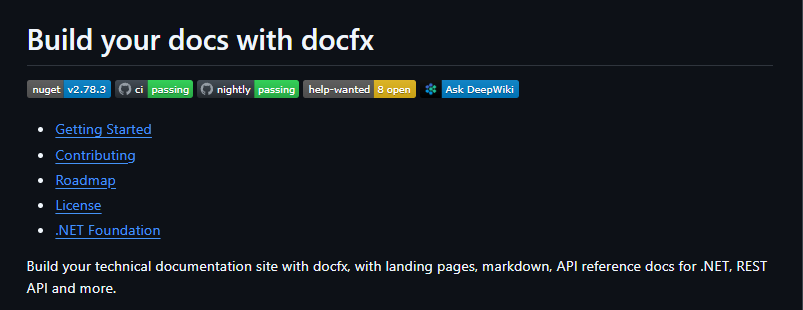
Navigate to the official DocFX GitHub repository and download the latest release package. Extract the archive to your preferred directory, then add the extraction path to your system's PATH environment variable.
Windows users should update the PATH variable through System Properties, while macOS and Linux users can modify their shell profile files.
Method 3: Chocolatey Installation (Windows)
Windows users with Chocolatey package manager can leverage this streamlined installation approach:
choco install docfx
Chocolatey automatically handles dependencies and PATH configuration, reducing manual setup requirements significantly. Moreover, future updates become simple one-command operations.
Step-by-Step Installation Guide
This comprehensive walkthrough covers DocFX installation across major operating systems, ensuring successful setup regardless of your development environment.
Windows Installation Process
Windows installation begins with dependency verification. Confirm .NET runtime availability by opening Command Prompt or PowerShell and executing:
dotnet --version
If .NET runtime is absent, download and install it from Microsoft's official website before proceeding.
Next, install DocFX using your preferred method from the previous section. The NuGet approach typically provides the smoothest experience:
dotnet tool install -g docfx
Alternatively, use Chocolatey if available:
choco install docfx
Finally, restart your command prompt to ensure PATH updates take effect, then verify installation success:
docfx --help
macOS Installation Process
macOS users should first ensure Homebrew package manager availability for simplified dependency management. Install .NET runtime using Homebrew:
brew install dotnet
Subsequently, install DocFX via the global .NET tool command:
dotnet tool install -g docfx
macOS may require additional permission grants for global tool execution. If encountered, follow the system prompts to authorize DocFX execution.
Verify successful installation by checking the version:
docfx --version
Linux Installation Process
Linux installation varies slightly across distributions, though the core process remains consistent. Ubuntu and Debian users should first add Microsoft's package repository:
wget https://packages.microsoft.com/config/ubuntu/20.04/packages-microsoft-prod.deb -O packages-microsoft-prod.deb
sudo dpkg -i packages-microsoft-prod.deb
Then install .NET runtime:
sudo apt-get update
sudo apt-get install -y dotnet-runtime-6.0
Finally, install DocFX globally:
dotnet tool install -g docfx
CentOS and RHEL users should adapt package manager commands accordingly, using yum or dnf instead of apt-get.
Creating Your First DocFX Project
With DocFX successfully installed, creating your first documentation project demonstrates the tool's capabilities and workflow. This process establishes the foundation for all future documentation efforts.
Begin by creating a new directory for your documentation project:
mkdir my-docs-project
cd my-docs-project
Initialize a new DocFX project using the built-in template system:
docfx init -q
The -q flag enables quiet mode, automatically accepting default configuration options. This command generates essential project files and directory structure.
Examine the generated files to understand DocFX's organizational approach:
docfx.json- Main configuration fileindex.md- Homepage contenttoc.yml- Table of contents structurearticles/- Documentation articles directoryapi/- API reference directory
Understanding DocFX Configuration
The docfx.json file serves as DocFX's command center, controlling build processes, content sources, and output configurations. Mastering this configuration file enables powerful customization capabilities.
Basic Configuration Structure
DocFX configuration follows a hierarchical JSON structure with distinct sections for different functionality:
{
"metadata": [
{
"src": [
{
"files": ["src/**/*.csproj"],
"exclude": ["**/bin/**", "**/obj/**"]
}
],
"dest": "api"
}
],
"build": {
"content": [
{
"files": ["**/*.md", "**/*.yml"],
"exclude": ["obj/**", "_site/**"]
}
],
"resource": [
{
"files": ["images/**"]
}
],
"dest": "_site"
}
}
The metadata section defines source code scanning parameters for API reference generation. Meanwhile, the build section specifies content files, resources, and output destinations.
Advanced Configuration Options
DocFX supports extensive customization through advanced configuration parameters. Template selection, plugin integration, and build optimization settings provide fine-grained control over documentation generation.
Custom templates transform documentation appearance and functionality. Specify template sources in the configuration:
{
"build": {
"template": [
"default",
"custom-template"
]
}
}
Additionally, global metadata injection enables consistent information across all documentation pages:
{
"build": {
"globalMetadata": {
"_appTitle": "My Documentation",
"_appFooter": "Copyright 2024"
}
}
}
Building and Serving Documentation
DocFX provides powerful build and serving capabilities that streamline documentation development workflows. Understanding these features accelerates content creation and review processes.
Building Static Documentation
Generate static documentation files using the build command:
docfx build
This command processes all configured content sources, applies templates, and generates the final documentation website in the specified output directory (typically _site).
Monitor build progress through detailed console output that identifies processing stages and potential issues.
Local Development Server
DocFX includes a built-in development server that simplifies content preview and iteration:
docfx serve _site
This command launches a local web server, typically accessible at http://localhost:8080. The server automatically refreshes browser content when documentation files change, enabling rapid development cycles.
Alternatively, combine building and serving in a single command:
docfx --serve
This approach builds documentation and immediately launches the development server, streamlining the workflow for active content development.
Top DocFX Alternatives for Documentation
While DocFX excels in Microsoft ecosystems, several alternatives offer compelling features for different use cases and technical requirements.
1. Apidog - Comprehensive API Documentation Platform
Apidog stands out as the premier alternative for API-focused documentation needs. Unlike static site generators, Apidog provides dynamic, interactive documentation that integrates testing, design, and collaboration features seamlessly.
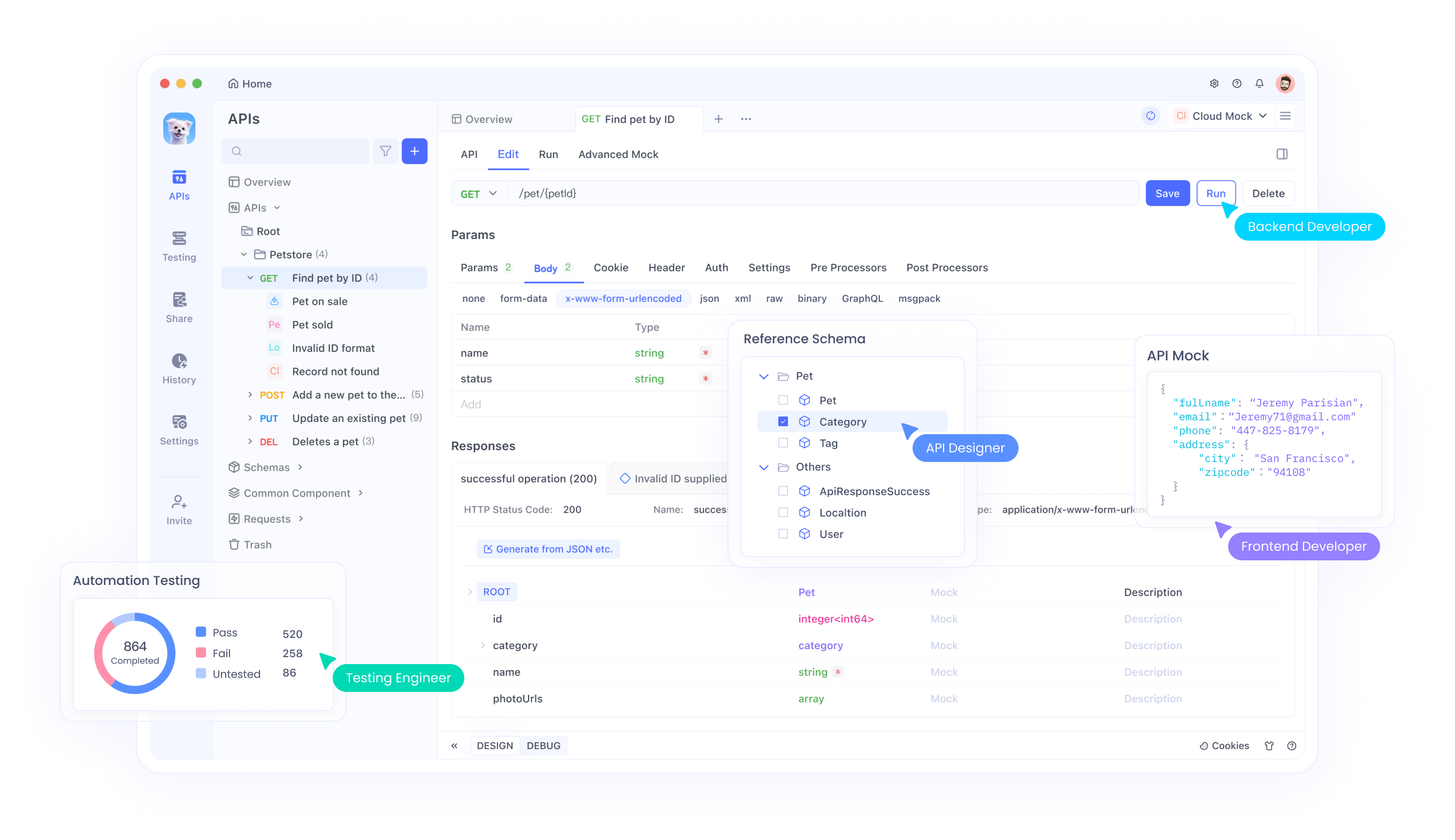
Key advantages include real-time API testing, collaborative editing, automated documentation generation from API specifications, and extensive integration capabilities with development tools. Teams requiring both documentation and API management find Apidog's comprehensive approach particularly valuable.
Download Apidog for free to experience advanced API documentation capabilities that complement static generators like DocFX.
2. GitBook - User-Friendly Documentation Platform
GitBook appeals to teams prioritizing ease of use and collaborative editing features. The platform provides intuitive content creation interfaces alongside powerful organization and search capabilities.
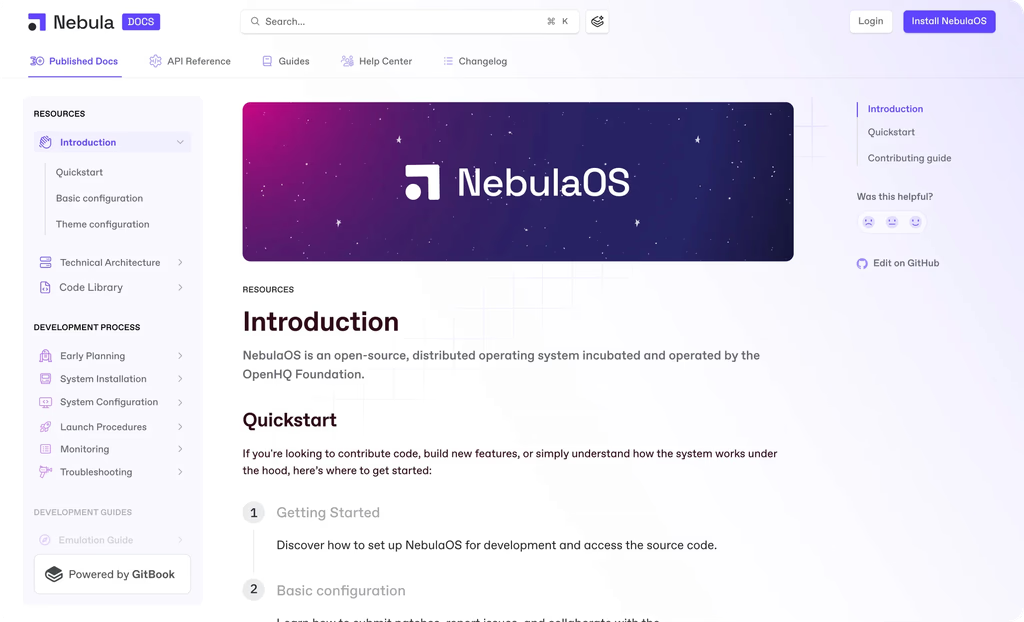
Integration with Git repositories enables version-controlled documentation workflows, while real-time collaboration features support distributed team environments effectively.
3. Sphinx - Python-Centric Documentation Tool
Sphinx dominates Python documentation landscapes, offering extensive customization options and powerful cross-referencing capabilities. The tool excels with complex technical documentation requiring sophisticated organization and navigation features.
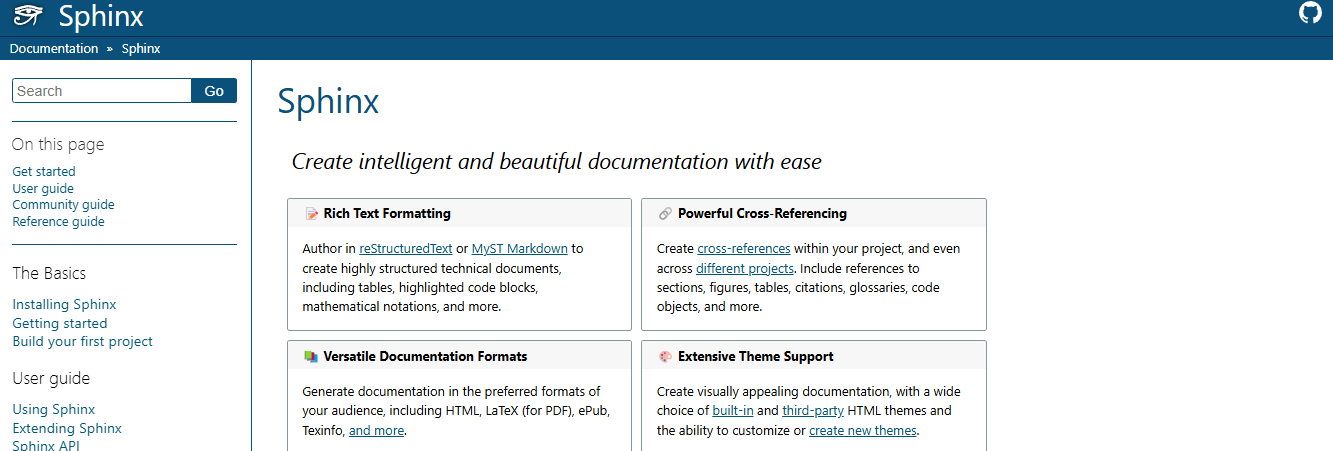
4. MkDocs - Simplicity-Focused Static Generator
MkDocs emphasizes simplicity and speed, making it ideal for straightforward documentation projects. The tool's minimal configuration requirements and fast build times appeal to teams seeking efficient workflows without extensive customization needs.

Best Practices and Optimization Tips
Implementing DocFX best practices ensures maintainable, scalable documentation systems that serve teams effectively over time. These recommendations address common challenges and optimization opportunities.
Content Organization Strategies
Structure documentation hierarchically to support intuitive navigation and logical information flow. Create separate directories for different content types:
/articles/- Conceptual documentation and guides/api/- Generated API references/tutorials/- Step-by-step instructional content/resources/- Supporting materials and downloads
Maintain consistent naming conventions across files and directories. Use descriptive, URL-friendly names that clearly indicate content purpose and scope.
Performance Optimization Techniques
Large documentation projects benefit from build optimization strategies that reduce generation times and improve user experiences. Configure appropriate file exclusions to prevent unnecessary processing:
{
"build": {
"content": [
{
"files": ["**/*.md"],
"exclude": [
"**/bin/**",
"**/obj/**",
"**/node_modules/**",
"**/.git/**"
]
}
]
}
}
Additionally, optimize image resources through compression and appropriate format selection. Large images significantly impact both build times and end-user loading experiences.
Integration with Development Workflows
Modern development teams integrate documentation generation into continuous integration and deployment pipelines for automated, consistent documentation updates.
CI/CD Pipeline Integration
Configure build servers to automatically generate and deploy documentation when code changes occur. This approach ensures documentation accuracy and reduces manual maintenance overhead.
Popular CI/CD platforms like GitHub Actions, Azure DevOps, and Jenkins provide DocFX-compatible environments for automated documentation workflows.
Version Control Best Practices
Store DocFX configuration files and markdown content in version control systems alongside source code. This approach maintains documentation version history and enables collaborative editing workflows.
Exclude generated output directories from version control to prevent repository bloat while preserving source content and configuration files.
Advanced DocFX Features and Extensions
DocFX offers advanced capabilities that support sophisticated documentation requirements and complex project structures.
Plugin System Integration
Extend DocFX functionality through custom plugins that add specialized processing capabilities. Popular plugins provide enhanced markdown processing, additional template engines, and integration with external services.
Multi-Language Documentation Support
Configure DocFX for multi-language documentation through careful content organization and template customization. This approach supports international teams and products requiring localized documentation.
Conclusion and Next Steps
DocFX provides robust, flexible documentation generation capabilities that scale from simple projects to enterprise-level documentation systems. The tool's integration with .NET ecosystems, combined with extensive customization options, makes it an excellent choice for technical documentation needs.
Success with DocFX depends on thoughtful project setup, consistent content organization, and appropriate integration with development workflows. Teams investing time in proper configuration and best practices realize significant long-term benefits through automated, maintainable documentation systems.
Consider complementing DocFX with specialized tools like Apidog for comprehensive API documentation and testing workflows. Download Apidog for free to explore advanced API documentation capabilities that enhance your overall documentation strategy.
